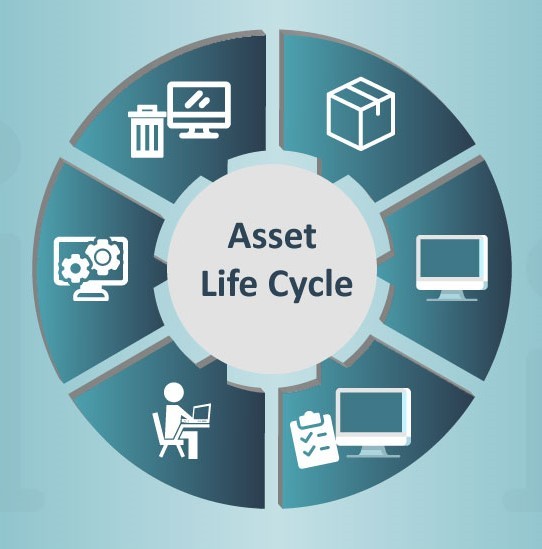
Effective IT asset lifecycle management is essential for organizations to optimize their technology investments, streamline operations, and ensure data security. It involves the systematic management of IT assets from acquisition to disposal. By implementing best practices and strategies, organizations can maximize the value of their IT assets while minimizing risks and costs. Let’s explore some key best practices and strategies for IT asset lifecycle management.
Maintain an accurate and up-to-date inventory of all IT assets within the organization. Conduct regular asset discovery to identify and record assets across the network, including hardware, software, licenses, and peripherals. This provides visibility into the IT landscape and serves as a foundation for effective asset management.
Establish clear procurement processes and standards for acquiring new IT assets. Define criteria for vendor selection, evaluate product quality and compatibility, and negotiate favorable contracts. Adhering to standardized procurement practices ensures consistency, reduces procurement risks, and facilitates better control over asset acquisition costs.
Implement robust asset tracking and documentation practices throughout the lifecycle. Assign unique identifiers, such as asset tags or serial numbers, to track assets from acquisition to disposal. Document asset details, including purchase information, warranty/lease agreements, maintenance records, and any associated contracts or licenses. This information facilitates effective asset management and decision-making.
Regularly maintain and support IT assets to ensure their optimal performance and longevity. Implement preventive maintenance schedules, software updates, and security patches to mitigate potential risks and vulnerabilities. Establish service level agreements (SLAs) with vendors or managed service providers (MSPs) to ensure timely support and efficient issue resolution.
Maintain accurate records of software licenses to ensure compliance and optimize license usage. Implement license management tools to track software installations, monitor license usage, and manage license renewals. Regularly reconcile software licenses with actual usage, identify any gaps or non-compliance, and take necessary actions to avoid legal and financial implications.
Implement robust security measures to protect IT assets and data from unauthorized access or breaches. Establish access controls, encryption protocols, and intrusion detection systems to safeguard sensitive information. Regularly assess vulnerabilities, perform security audits, and implement appropriate security patches and updates to mitigate risks.
Develop a clear process for retiring and disposing of IT assets at the end of their lifecycle. Ensure secure data erasure or destruction to protect sensitive information. Dispose of assets in an environmentally responsible manner, adhering to legal and regulatory requirements. Properly document asset retirement activities for audit purposes.
Regularly evaluate asset performance and assess the return on investment (ROI) of IT assets. Analyze usage patterns, maintenance costs, and user feedback to identify underutilized or obsolete assets. Make informed decisions on asset upgrades, replacements, or reallocation to optimize performance and achieve maximum value.
Implement a centralized asset management system or use IT asset management software to automate and streamline asset lifecycle management processes. This system should provide visibility into asset data, facilitate tracking, automate workflows, and generate reports for informed decision-making.
Conduct regular audits to ensure compliance with internal policies, industry standards, and regulatory requirements. Audit asset inventories, software licenses, security controls, and disposal processes to identify any deviations or non-compliance. Implement corrective actions and maintain an audit trail for future reference.
By adopting these best practices and strategies, organizations can effectively manage their IT asset lifecycle, optimize asset utilization, minimize risks, and ensure compliance with regulatory requirements. Efficient IT asset lifecycle management enhances operational efficiency, reduces costs, and supports the organization’s overall IT strategy.
Need assistance with IT asset lifecycle management? Visit us at www.infradapt.com or call us at 484-546-2000. Our team of experts can provide guidance and implement solutions to streamline your IT asset management processes, ensuring effective management and optimization of your IT assets.